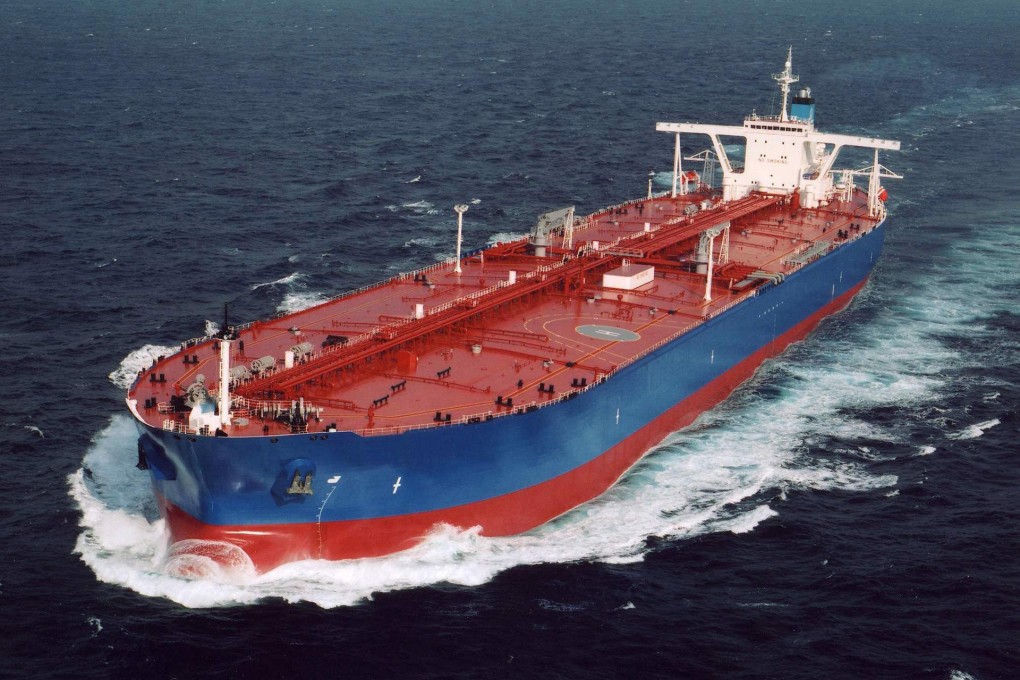Beijing's cut-price oil binge stretches storage tank capacity to limit
China imported on average 6.2 million barrels per day (bpd) in 2014 -- the rough equivalent of three VLCC full loads -- with 90 per cent of it seaborne

Beijing's bid to capitalise on a collapse in oil prices to fill up its petroleum reserves has put storage capacity at full stretch, leaving millions of barrels at sea on board at least a dozen supertankers and raising uncertainty about the pace of imports in coming months.
The data shows all 11 VLCCs, each with a deck space equivalent of three soccer fields and able to carry two million barrels of crude, were fully laden. So was the smaller suezmax vessel, which can carry more than one million barrels.

China imported on average 6.2 million barrels per day (bpd) in 2014 - the rough equivalent of three VLCC full loads - with 90 per cent of it seaborne.
Logjams are not uncommon in the winter peak season when heating oil is in demand, but this year's has been compounded by the surge in strategic imports, industry sources told the .
